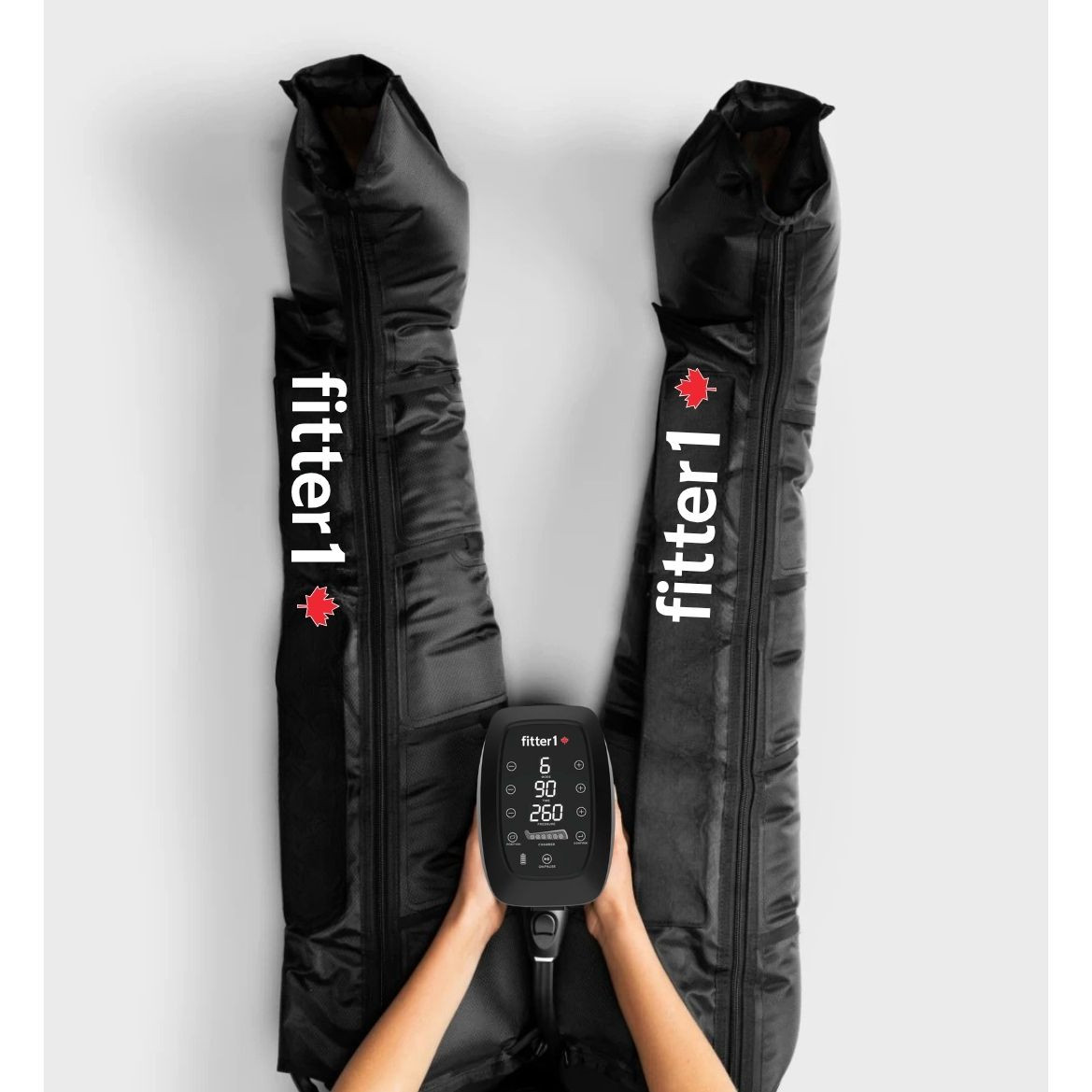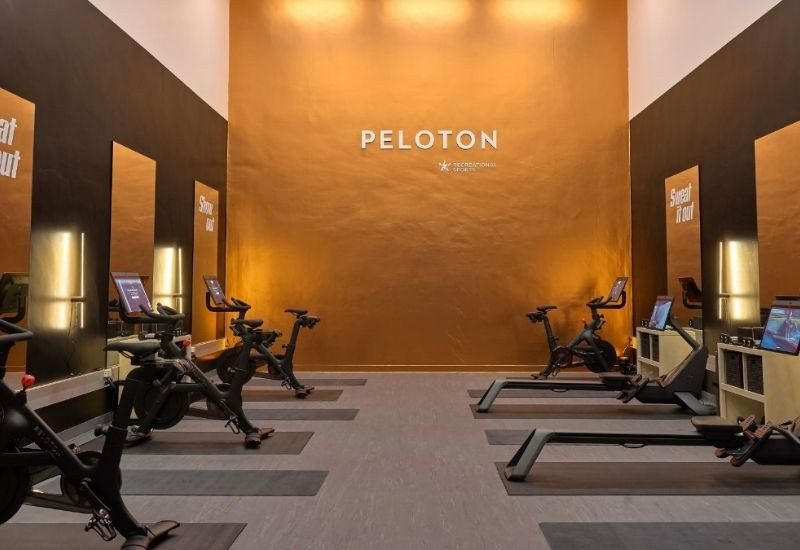How to Design a High-Performance Personal Training Studio That Maximizes Results
Great personal training studios don’t happen by accident—they’re designed for results. Every square foot should serve a purpose, whether it’s boosting performance, streamlining workouts, or keeping clients motivated. But how do you create a space that balances functionality, efficiency, and client experience while driving measurable success?
Whether you're building a new studio from scratch or revamping an existing one, smart commercial fitness space planning makes all the difference. The right layout enhances trainer efficiency, improves workout flow, and—most importantly—helps clients see faster, more dramatic results. After all, a studio that looks good but doesn’t perform is just expensive wallpaper.
In this guide, we’ll break down how to design a high-performance personal training studio that:
Maximizes workout efficiency (no more wasted time between sets)
Boosts client retention (because great design keeps them coming back)
Increases revenue potential (smart space = more sessions, fewer bottlenecks)
Let’s turn your studio into a results-driven powerhouse!
Designing for Your Niche: Layouts That Match Your Training Style
Your training philosophy and clientele should dictate every design choice—from equipment to traffic flow. A powerlifting gym and a rehab studio have vastly different needs, and your space should reflect that. Here’s how to align your personal training studio design with your specialty for maximum efficiency and client results.
Match Your Layout to Your Training Style
Strength & Powerlifting:
- Cluster squat racks and platforms together for minimal walking between sets and more effective coaching of multiple exercisers.
- Keep bars and plates within arm’s reach of lifting stations (best gym layout for personal trainers focuses on efficiency). Dynamic Fitness Accessory Storage Racks are a perfect solution for this.
Functional Fitness/HIIT:
- Open floor plan with turf lanes and rigs for circuits.
- Circular workout stations (e.g., sled push → kettlebell swings → rower). Or check out the Escape Fitness Octagon rigs for functional multi-frame stations.
Rehab/Mobility:
- Semi-private zones with mirrors and recovery tools (bands, foam rollers) like the Escape Fitness MARS stations for strength or recovery.
- Low-traffic areas for focused 1-on-1 work.
Design for Your Ideal Client
- General Population? Prioritize intuitive equipment (selectorized machines, clear signage) like Precor’s Resolute individual and multi-stations.
- Athletes? Dedicate space to sprint drills and sport-specific gear.
- Boutique Clients? Invest in aesthetics (mood lighting, premium flooring).
Pro Tip: Use modular storage (rolling racks, standup benches) to quickly adapt zones for different sessions.
Avoid These Space-Killing Mistakes
❌ Placing heavy equipment far from storage (wastes time).
❌ Overcrowding with machines (limits movement patterns).
❌ Ignoring ceiling height (e.g., tall clients need clearance for overhead lifts).
Key Takeaway: Your studio should feel like it was custom-built for your clients’ workouts—because it was.
Choosing the Right Equipment for Versatility & Functionality
When designing a functional fitness studio design, your equipment choices make or break the space. The right gear should adapt to any workout, maximize floor efficiency, and keep clients engaged—without overcrowding the room.
Multi-Functional Training Equipment – Do More with Less
Invest in gear that serves multiple purposes:
- Adjustable Cable Machines – Swap attachments for presses, rows, sport specific motions and core work in seconds.
- Power Racks – A single rack handles squats, pull-ups, bench presses, and banded movements, landmines, and more.
- Hybrid Cardio Machines – Machines like the Precor AMT or True Fitness Spectrum provides multiple cardio movements in one machine.
Pro Tip: Modular rigs allow reconfiguration for different class types.
Space-Saving Solutions
- Wall-Mounted, Floor Mounted, or Freestanding Racks – Clear floors when not in use.
- Compact Storage – Keeps weights accessible but out of the way.
- Rolling Carts for Bands & Sliders – Move gear where it’s needed, then stash it fast with the Prism Smart Cart Training System.
Specialized Tools for Personalization
- Kettlebells – Essential for dynamic movements like TKO ProCast Kettlebell.
- Resistance Bands – Ideal for mobility drills and activation.
- Suspension Trainers (TRX, Jungle Gym XT) – Turn any door or rig into a full-body workout station.
- Sleds/Prowlers – Minimal space, maximum conditioning payoff.
Final Thought: Your equipment should expand programming options, not limit them.
Flooring That Protects and Performs
Your flooring is the foundation of every workout. The right gym flooring for personal training spaces absorbs impact, reduces noise, and enhances performance.
Safety-First Flooring
- Heavy Lifting Zones: 3/4" - 1” thick rubber tiles absorb shock from dropped weights.
- HIIT/Circuits: Cushioned foam tiles protect joints during plyometrics.
- General Training: Seamless rubber flooring is durable and easy to clean like the Galaxy Fitness roll by Edgewood Athletic.
Avoid: Cheap puzzle mats (shift under load) or concrete-only surfaces (zero shock absorption).
Performance-Optimized Zones
- Turf Strips – For sled pushes, carries, and agility drills.
- Rubber Platforms – For deadlifts and Olympic lifting.
- Vinyl Flooring – Ideal for mobility/yoga zones.
Pro Tip: Use contrasting colors to visually separate zones (e.g., black rubber for lifting, green turf for conditioning).
Enhancing the Client Experience
Your personal training gym setup isn’t just about equipment—it’s about creating an environment where clients want to train and keep coming back.
Acoustic Design – Control Noise Without Killing Energy
- Sound-Absorbing Panels – Reduce clanging from weights.
- Noise Dampening Platforms – The Nautilus SVA Platform cuts down noise from dropped barbells.
- Strategic Layout – Place loud zones (lifting platforms) away from quiet areas (stretching/recovery).
Ambiance & Aesthetics – Make It Memorable
- Lighting – Bright, cool-toned LEDs in workout zones; warmer tones in lounge/recovery areas.
- Colors – Bold accents for energy, neutrals to avoid visual chaos.
- Music – Client-controlled zones or curated playlists.
Tech Integration – Where Performance Meets Innovation
- Wearable Tracking – Sync Myzone devices for real-time effort metrics.
- Virtual Coaching – Echelon Reflect or Escape MARS Screens for on-demand exercise guidance
- Smart Equipment – Auto-adjusting treadmill programs based on heart rate.
Key Takeaway: Your studio should feel like your clients’ second home—a place they’re excited to enter and reluctant to leave.
Working with Professional Gym Designers
Designing a high-performance personal training studio in Alberta is a strategic investment. Partnering with experts ensures a functional space that maximizes results, revenue, and client retention.
Why Expert Design Consultation Matters
- Small gym space optimization – Vertical storage, multifunctional zones, and strategic lighting make tight spaces feel expansive.
- Equipment Placement – Avoid blocking flow or creating dead zones.
- Future-Proofing – Design for growth without costly remodeling.
How Beyond the Basics Can Help
From concept to completion, we specialize in:
- Layout Planning – Efficient blueprints for open space and dedicated zones.
- Equipment Selection – Curated picks based on your training style and budget.
- Turnkey Solutions – Handling everything from planning to execution.
A high-performance studio starts with smart design. Get it right from the start and set your Alberta business up for long-term success.





